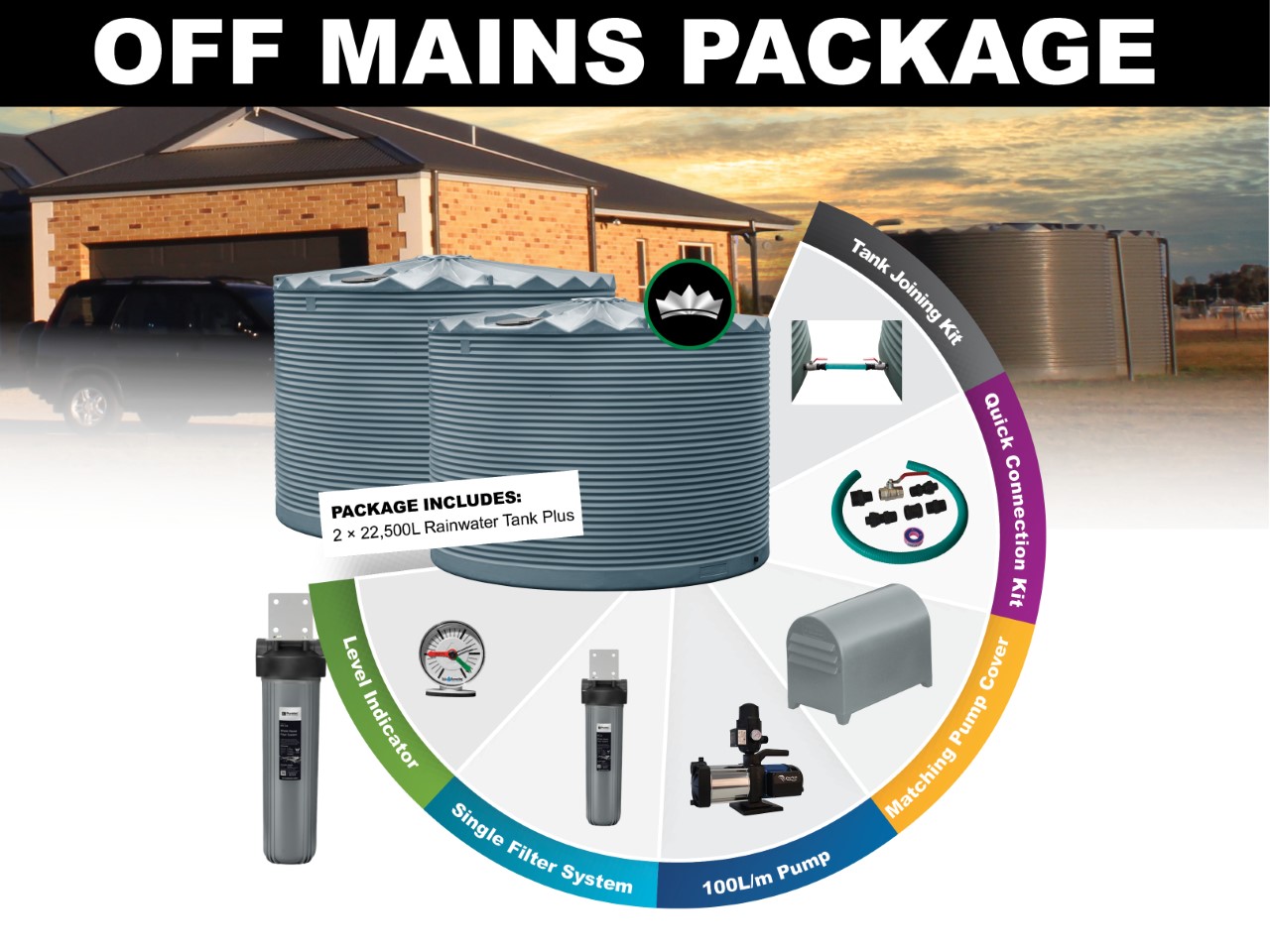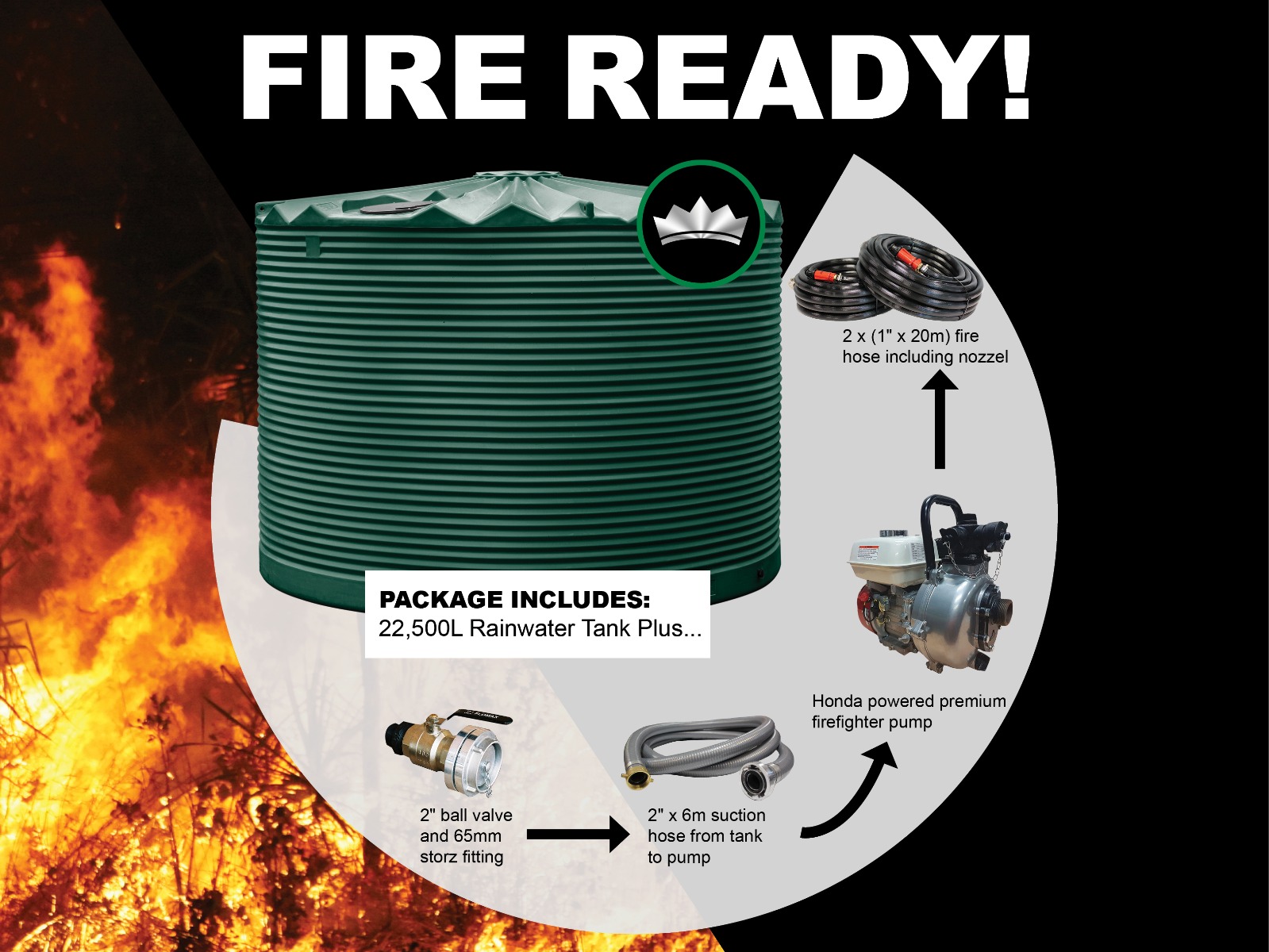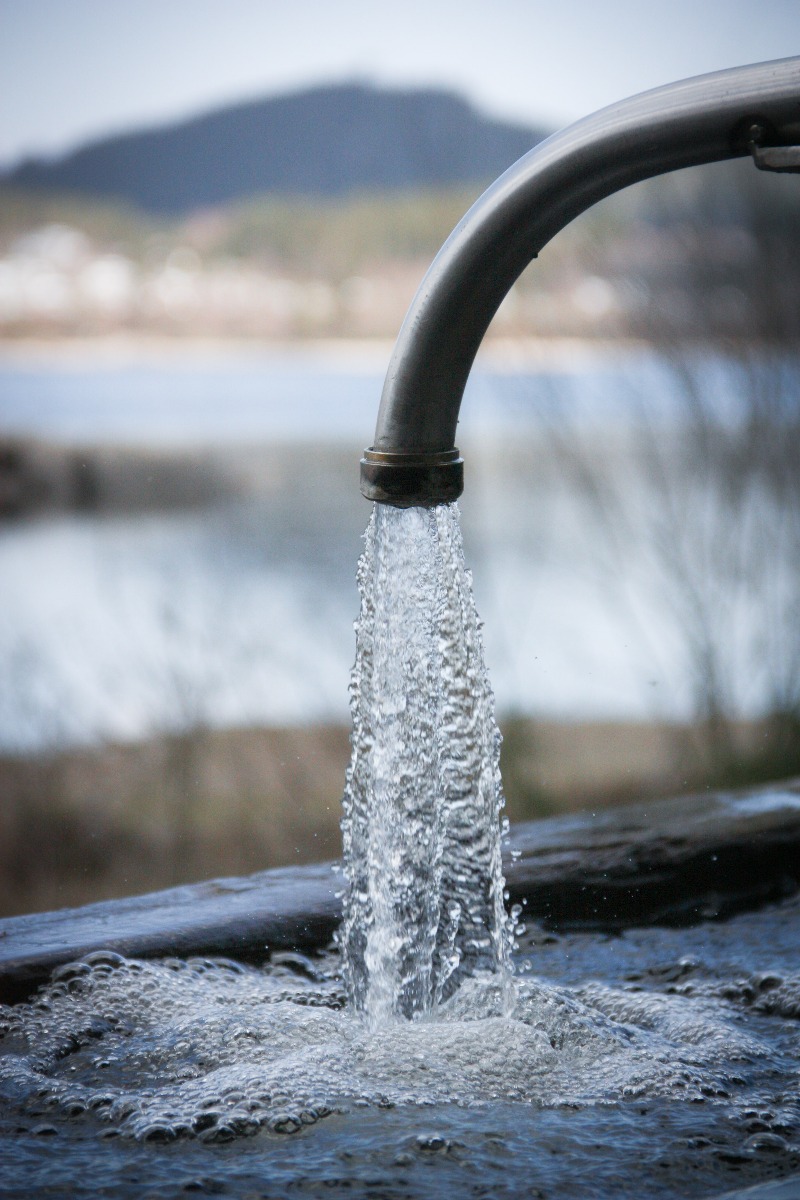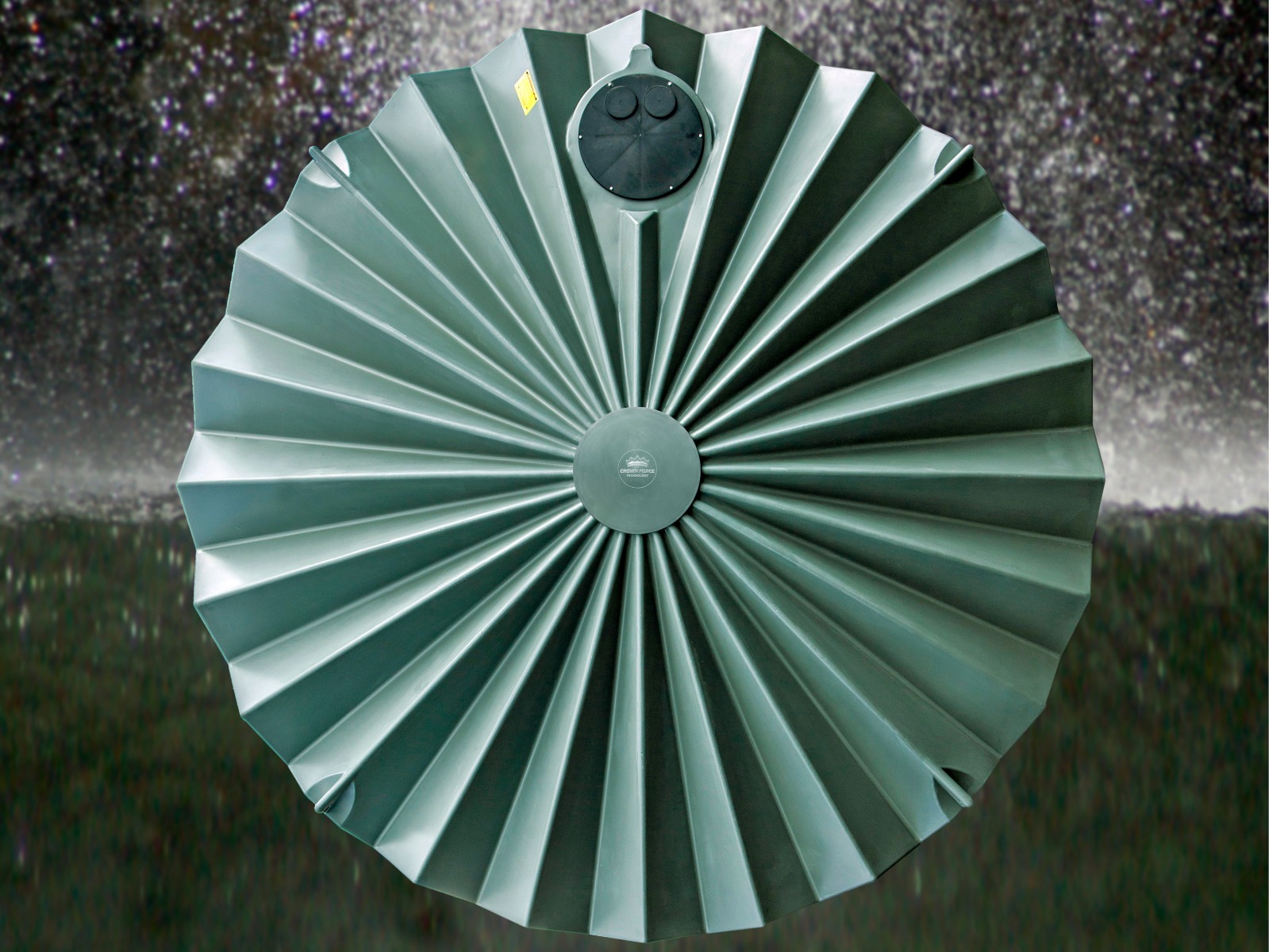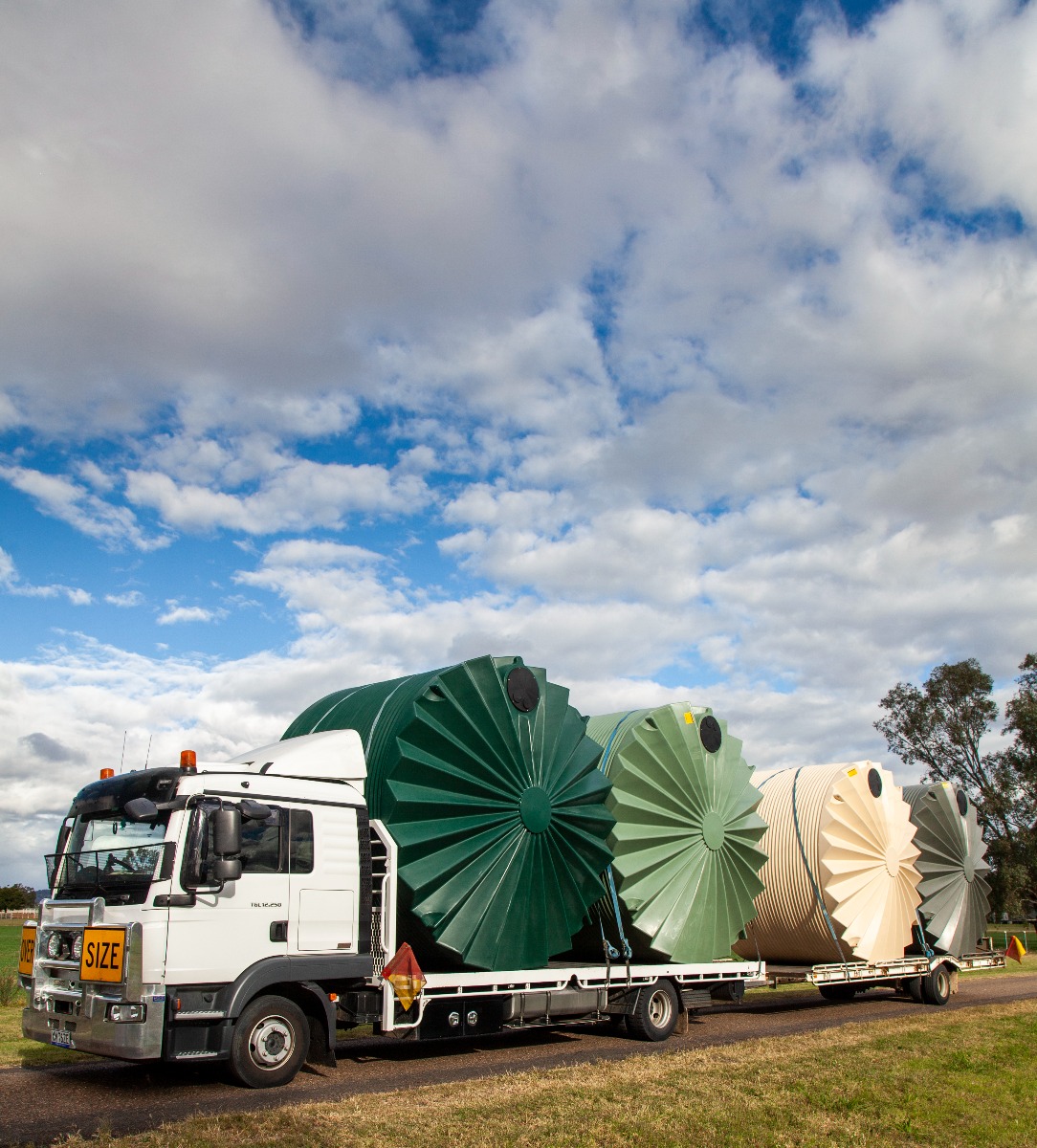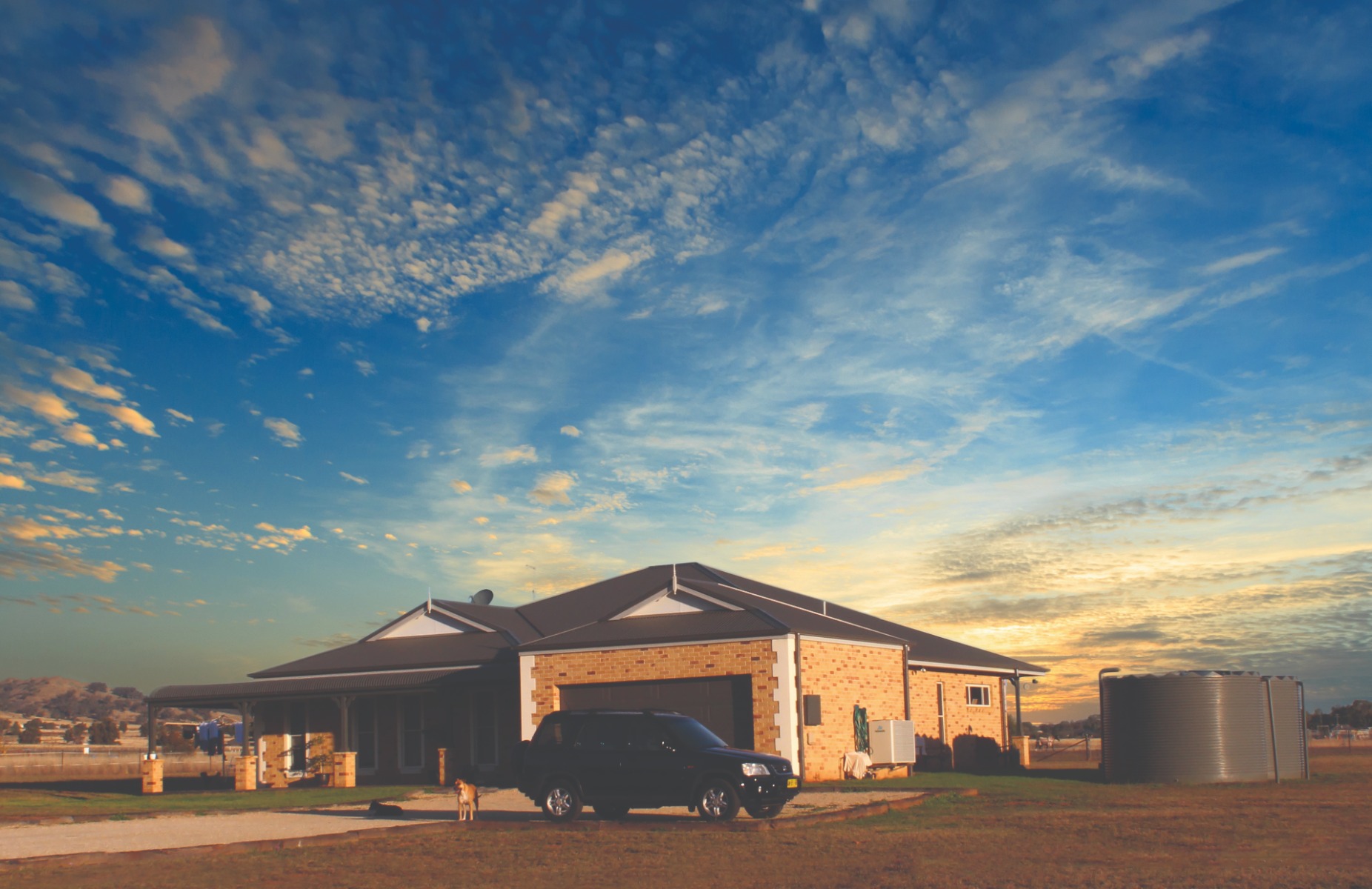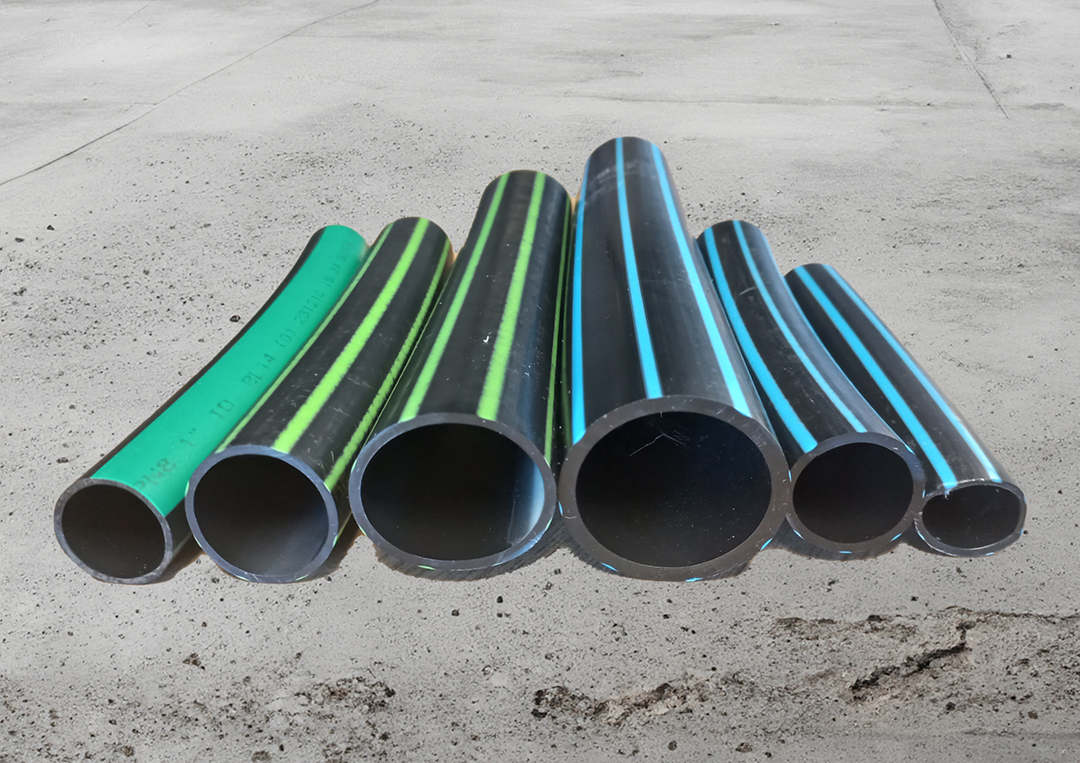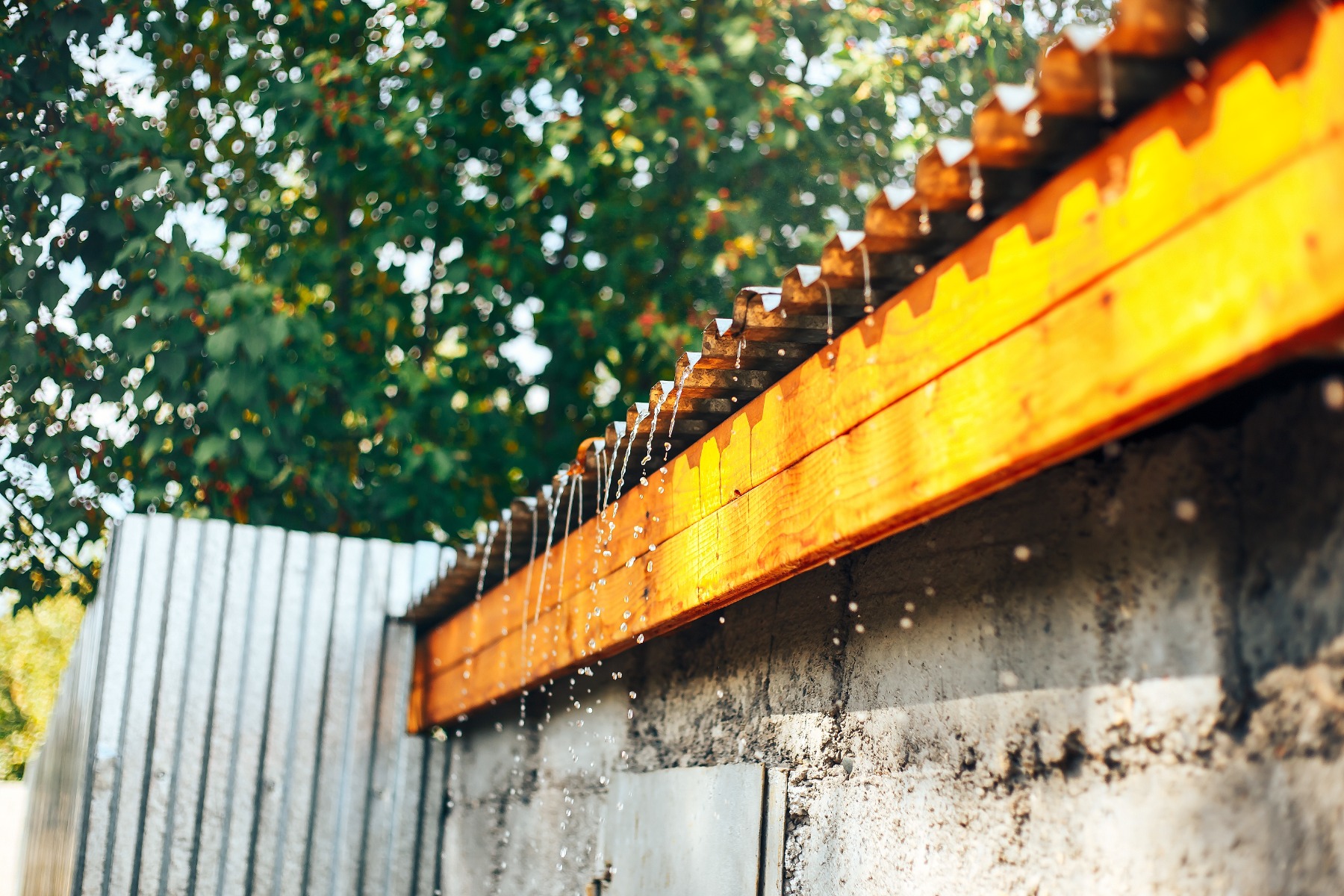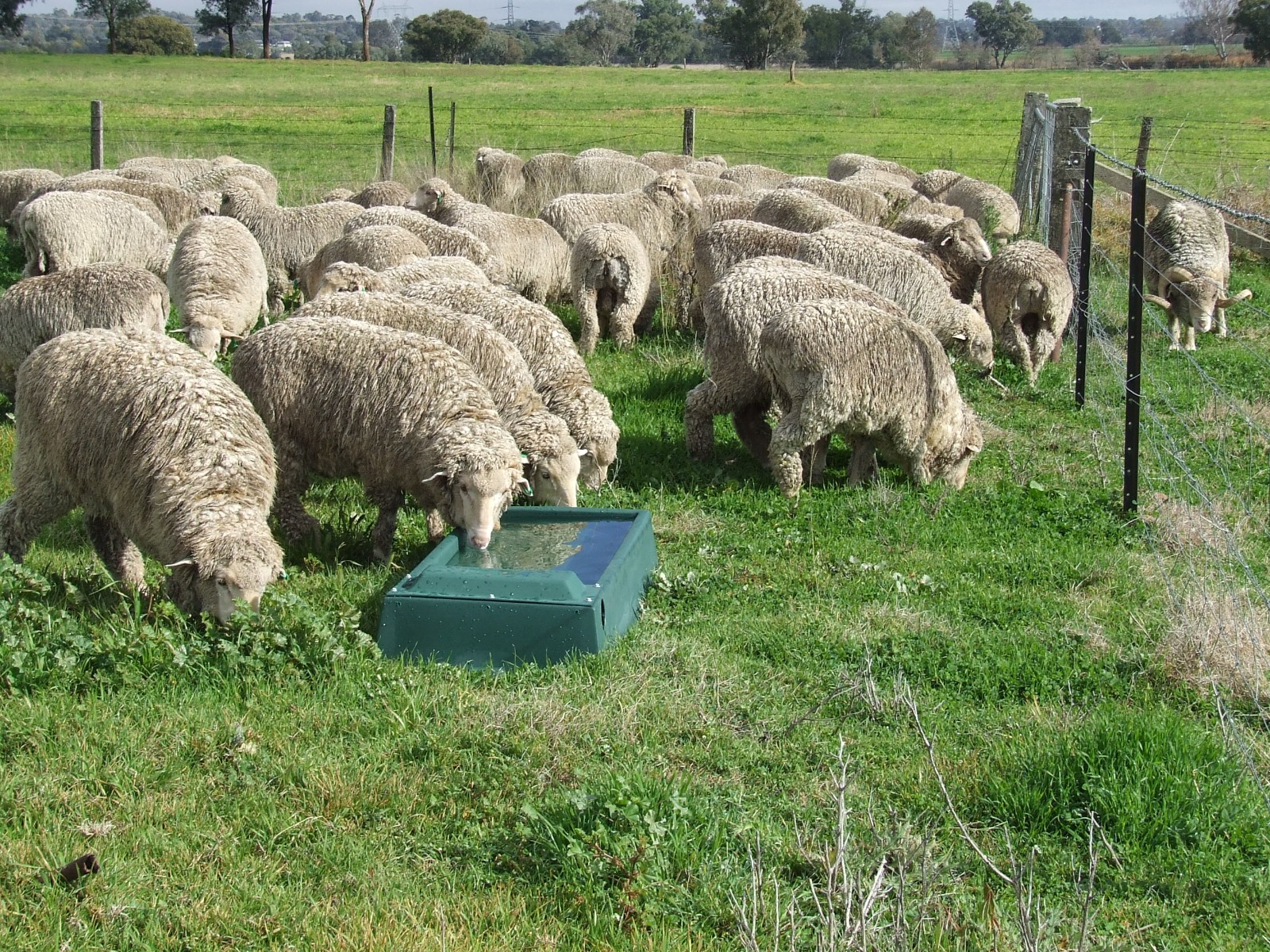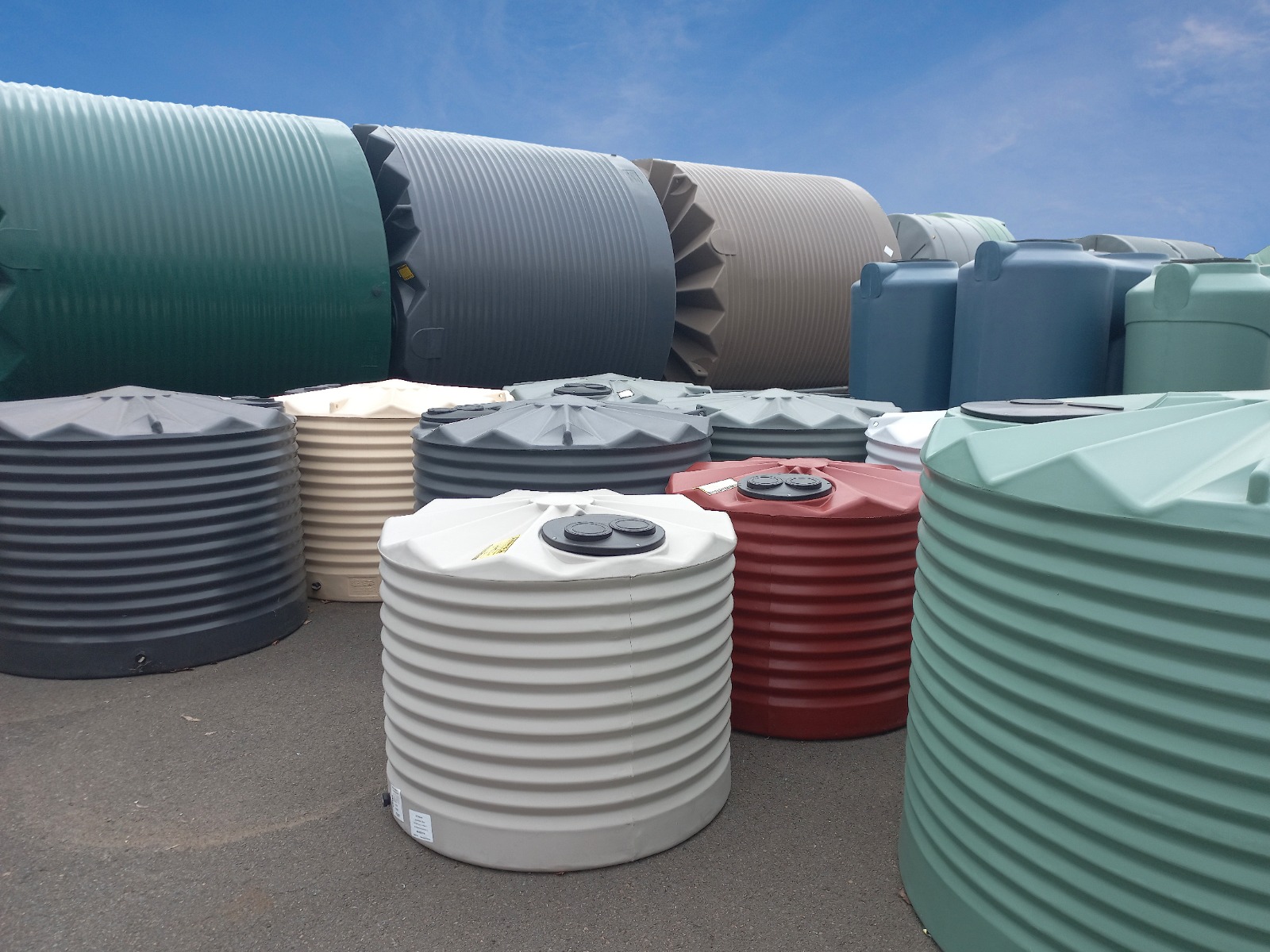For people building properties on the urban fringe or in rural areas, it is quite likely that you will not have a mains water supply. While there are no definitive statistics about the number of Australian homes that do not have access to a mains water supply, the Australian Bureau of Statistics reported that 22% of households outside capital cities rely on rainwater.
For a first timer, the prospect of building a house without a mains water connection can be quite daunting, and it is natural to be concerned about how you can ensure a reliable water supply to your home.
Luckily, peace of mind is close at hand, and you only need to think about two things:
- How much rainwater do you think you’ll need?
- How much rainwater can you collect?
How much water do you think you’ll need?
The easiest way to assess your average daily water needs is to review your water bill. Many water authorities will calculate your daily water usage and include it on your bill, but if not, your meter is read quarterly, plus or minus a few days, so you can calculate your average daily usage by dividing the total consumption for the quarter by 90 days. Your water bill reflects consumption measured in kilolitres, so multiply by 1,000 to convert to litres.
Once you have established your baseline water consumption, you can think about whether your usage habits will change in your new property. Will you have a pool that needs topping-up? Will you be installing an evaporative air conditioning system? Will you be specifying more water efficient plumbing fixtures and fittings?
All these things may change your water usage patterns, and you should estimate the impact of these changes, and the necessary adjustments to your projected water usage.
While water usage varies greatly across the country, as a guide, Hunter Water in NSW say that ‘a typical household in our region uses around 200 litres of drinking water per person per day’. Website Statista indicate that the average annual consumption of water per household in NSW (2019) was 190,000 litres.
How much rainwater can you collect?
Your catchment is simply the roof area from which you can harvest rainwater and it would typically include your house and outbuildings such as garages, sheds, or workshops.
To collect rainwater, guttering must be plumbed to direct rainwater into a water storage tank. If you are building a new property, this is very straightforward.
The maths of water collection is simple. A millimetre of rain on a square metre of catchment equates to one litre of water. Let’s assume that you are building a house and outbuildings with a total roof area of 425 square metres and the area where you are building receives a historical average rainfall of 685 millimetres per annum.
If your catchment has 100% efficiency, you can harvest over 290,000 litres of rainwater water per year.
Building your water supply system
Once you’re satisfied that you will be able to harvest enough rainwater for your household needs, the next steps are straightforward. You need water tanks, pressure pumps and systems to ensure your water is clean and safe for consumption.
Not only will you be rewarded with great tasting water, but you’ll be doing your bit to secure Australia’s water future.
If you want to create an effective rainwater harvesting system, talk to our expert team to find out how we can help you. Call our team on 1800 816 299 or email sales@rapidplas.com.au with your enquiry.


